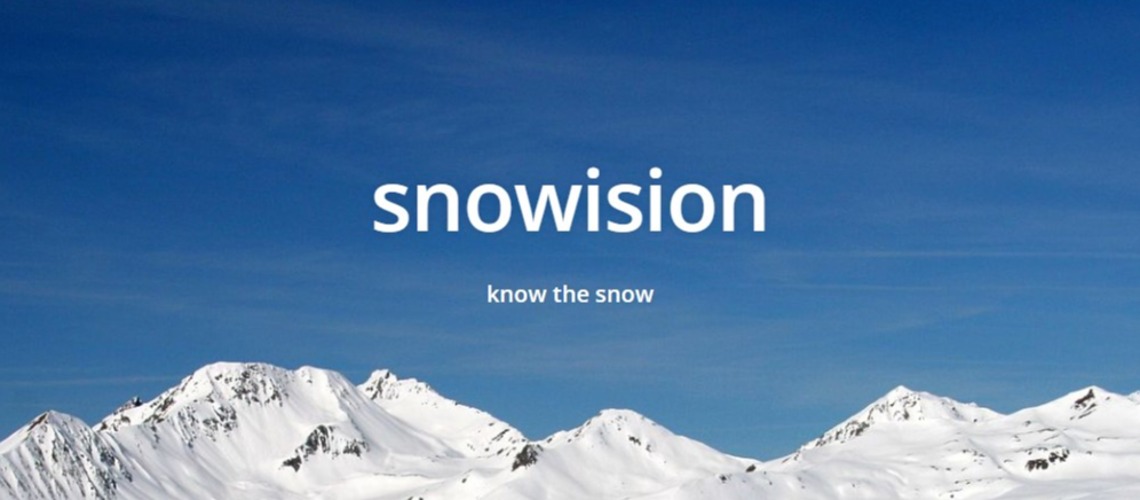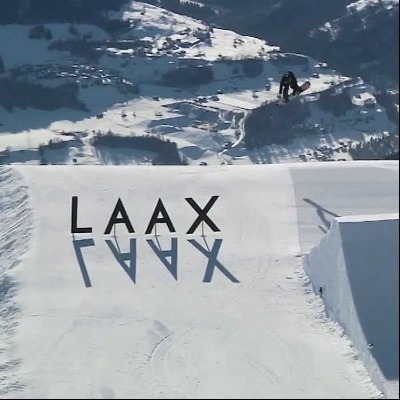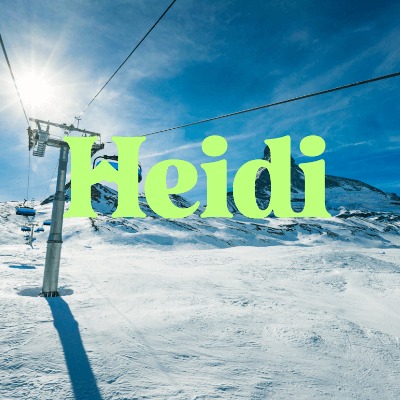“Snowision” - Space Technology For Snowmaking . Costs For Artificial Snow Can Be Reduced By Up To 30 %.

“To date, it has not been possible to make efficient statements about how long and how intensively artificial snow-making is necessary. Snowision is the only solution in the world that can provide a sufficient amount of data for computer modeling of an existing snow cover in real time, ”explains the founder. So if you know exactly what your slopes are, you can calculate the exact amount of artificial snow required in each case in order to keep the slope in perfect condition until the next cold spell or the next snowfall and to curb overproduction of artificial snow, says Korabkosky: "This enables operators a cost reduction for artificial snow by up to 30 percent. "
Satellite data for perfect fun on the slopes
At the center of this innovation, which has already been used in very successful pilot projects in Finland and France, is the concentrated know-how of the Graz incubation center of the ESA space agency - more precisely, wave technologies from satellites and satellite images. “A high-tech sensor determines parameters such as snow depth, temperature profile, density and the amount of water bound in the amount of snow over a radius of up to one kilometer,” explains Korabkosky. This data then flows into an intelligent weather model in real time and enables both the development of the snowpack and the melt to be simulated. "We are working flat out to bring our development to the slopes in Austria as well", says the founder,
- Snowision develops fully automatic, remotely operated small sized sensor for projecting 3D map of snow cover and its properties
- Snowision sensor allows predicting snow behavior by showing through wide area the depth of snow cover as well as multiple snow properties like snow water equivalent, temperature, melting and freezing points, water intensity and ice crust
- Snowision sensor, or network of sensors, will help to assess the snow quality online, improve effectiveness of snow maintenance and cut costs
- Snowision sensor works remotely with no need of hand work. It has obvious advantages, such as wide area measurement, fully automatic operation, remote data transfer, compatibility with mobile carrier (e.g. vehicle) and high angular resolution
- Unique sensor network installed along ski slopes will project real-time 3D map of the snow cover by providing information on:
1) Depth of snow cover (up to 1.5 m) or ice depth (up to 0.5 m);
2) Snow temperature at any depth;
3) Snow density and snow water equivalent (SWE);
4) Microwave albedo of the snow;
5) Melting and freezing points;
6) Ice crust or water layer presence;
7) Snow structure.
- Ski resorts equipped with a net of Snowision sensors and software will obtain complete 3D maps of the snow cover on ski slopes or selected ski areas.
- Ski resorts will be able to perform smart snow management and as a result minimize artificial snow production costs, increase skier days as well as improve safety on ski slopes.
- Ski resorts will monitor conditions of the snow cover fully automatically and in real time.
- Precise information about snow depth and SWE on the whole ski slope allows to make smart decisions for snow management, e.g. how much additional snow is needed, in how many days it will melt, should it be produced or can be removed from other areas with thicker snow cover, etc.













